Izumo no Okuni: the Founder of Kabuki
With its vibrant sets, colorful costumes, and striking make-up kabuki is Japan’s glamorous and most popular traditional performing art. Today, you will never see a woman in kabuki. All female figures are played by men. However, it is ironic that the story of kabuki began with a woman. Her name was Izumo no Okuni.
Izumo no Okuni
The Life of Izumo no Okuni
You might think the founder of Kabuki must have been such a big figure, but the truth is little is known about Izumo no Okuni. Most reliable sources seem to agree that she was most likely a shrine maiden from Izumo Taisha in Shimane. Whenever the shrine needed to raise money for repairs Okuni would travel around Japan and dance to help raise funds.

Izumo no Okuni had some talent for dance and developed a style called yayako odori, which was based on ritual and ceremonial dances. Since she was still a young girl most people considered more cute than anything and it attracted a decent amount of attention.
However, when she became old enough she changed her dance style completely, starting kabuki odori. The word kabuki originally comes from kabuku, which originally meant to behave out of the ordinary or to dress in a flashing manner
Specifically, Okuni wore men’s clothes with big cross pendants on her chest and danced like a man with a sword.
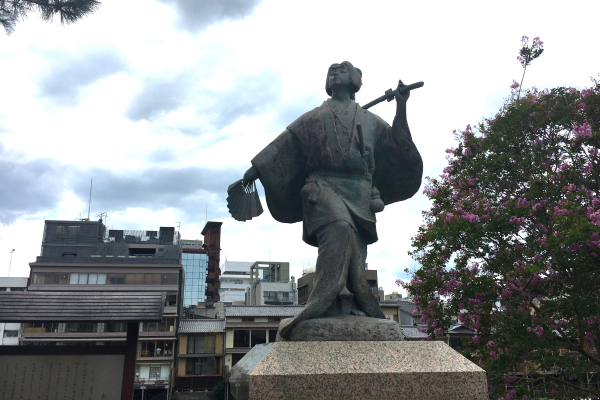
As you might imagine, she became super popular, attracting many people ranging from commoners to samurai. She held her show in Shijo and Kitano Tenmangu Shrine in Kyoto.
However, in 1607, after holding her show in Edo, she disappeared suddenly. Some say that she returned to Izumo where she lived out her days as a Buddhist nun, but it is not confirmed.
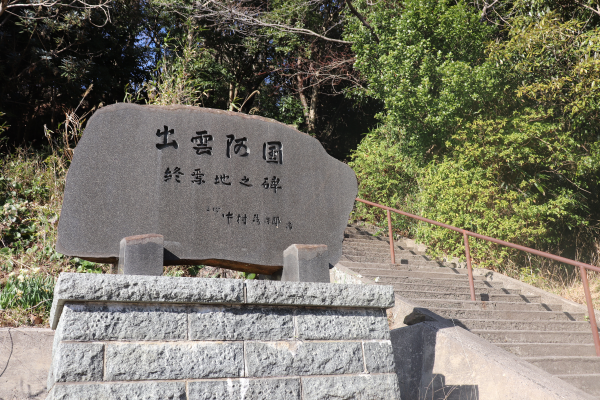
Her grave is near Izumo Shrine.
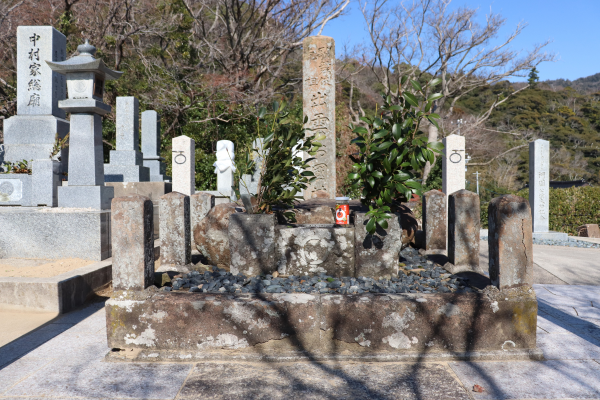
Kabuki Thereafter
Okuni was gone, but her kabuki odori persisted. Many people started to dance like her. Yujo, women who were more or less like a prostitutes, started to dance too, which is called yujo kabuki. Because their dance mesmerized men or was maybe too sexual, the government officially banned them from dancing in the context that their dance disturbed the peace.
Then wakashu kabuki started. This was another new kind of kabuki odori performed by young, pretty boys. As you might imagine, many men fell in with love the dancers leading of course to homosexual relationships. So, this too was quickly banned.
Finally, around the mid-Edo Period, yaro kabuki kicked in. This style of dance was performed by adult men, not young boys. This style changed gradually into a play, as their dance was not as attractive as it used to be.
This yaro kabuki is the kabuki we now enjoy today.
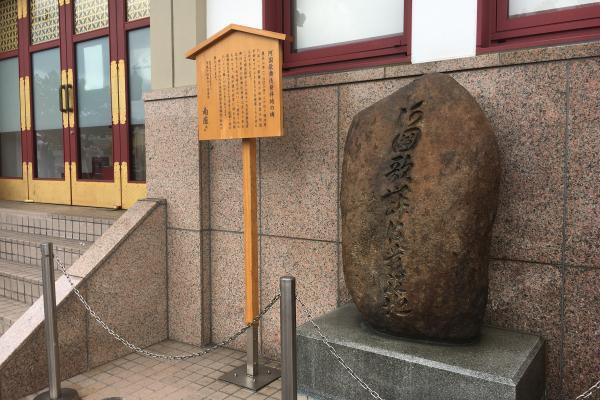
Over some 400 years, kabuki has evolved into something far different from what Okuni did in Kyoto. However, kabuki actors still consider Okuni no Izumo the most prominent person in their art and hold her with the utmost respect.

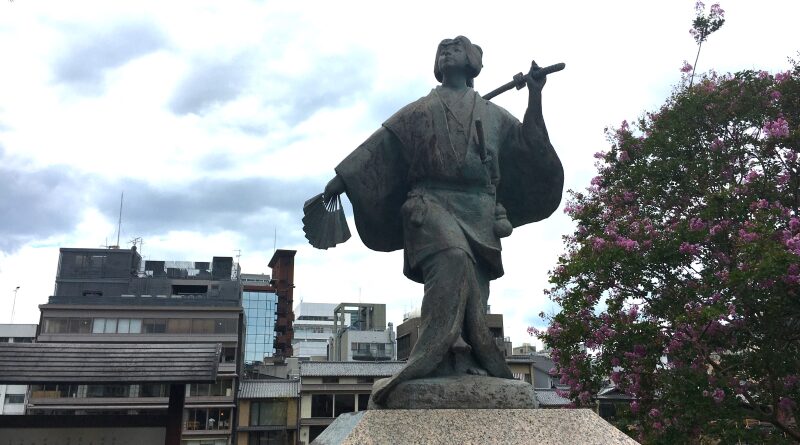
Leave a Reply